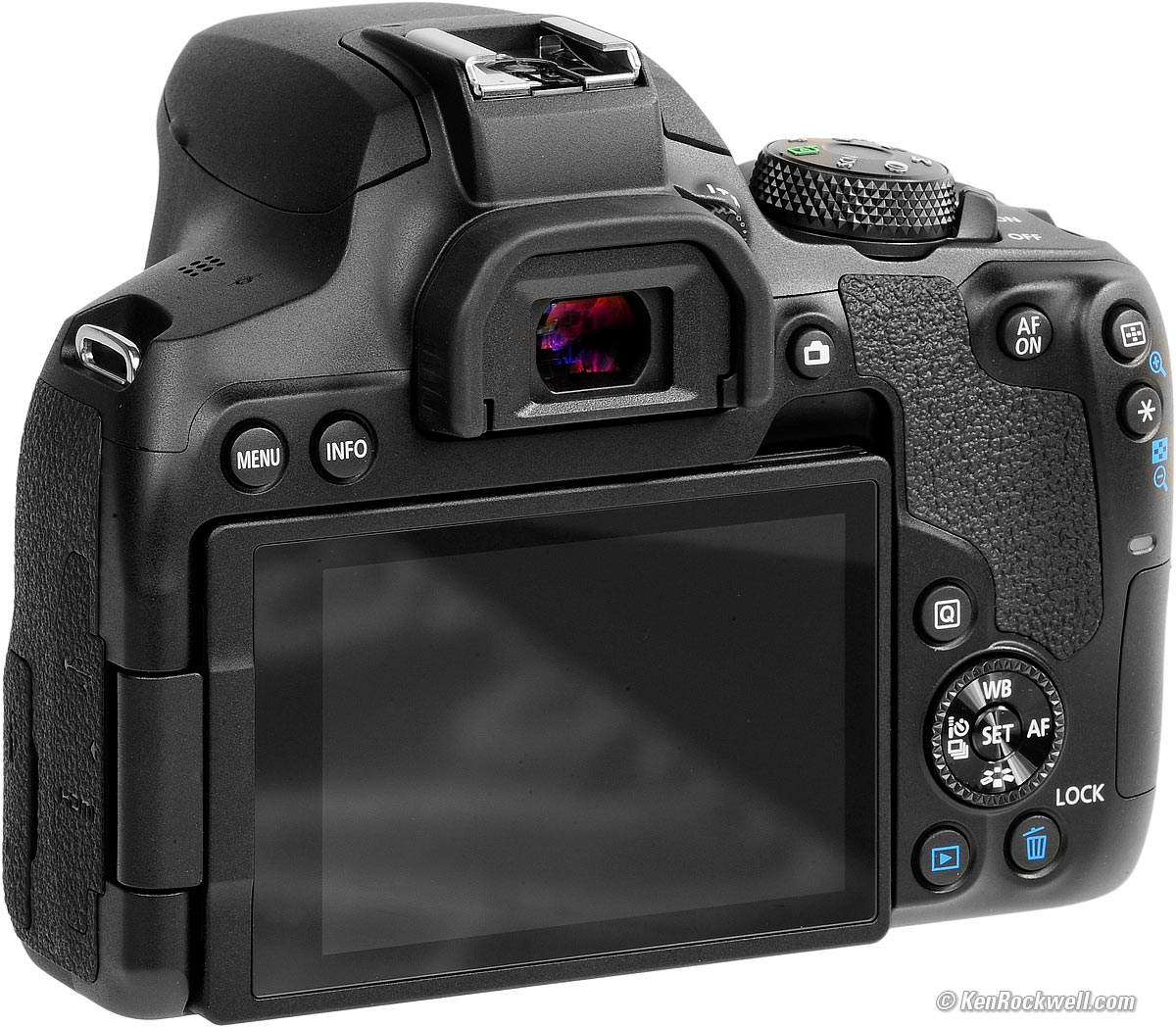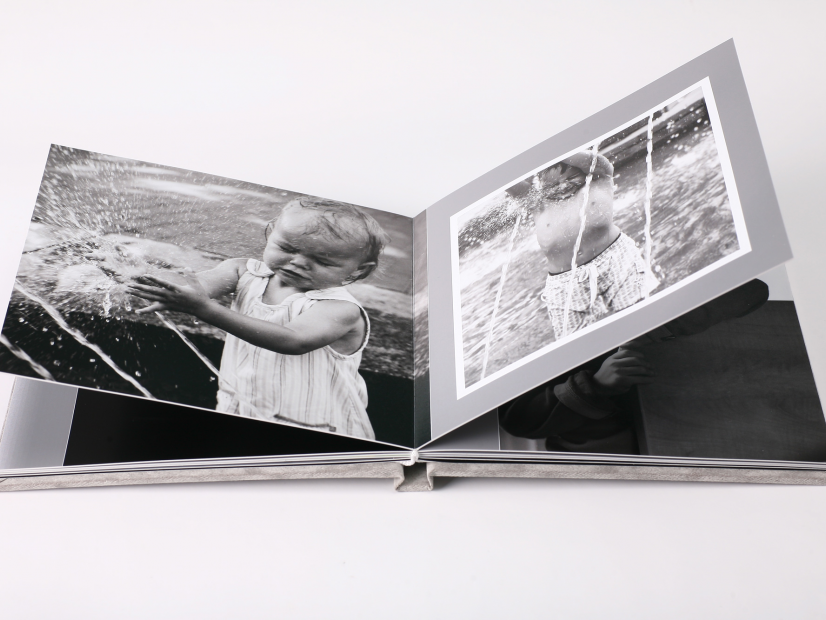
Self-taught photographers are best if they find their own style. There are no two photos the same. You need to create your own style by taking lots of photos. You can take inspiration from other photographers and create your own vision. Experiment with different styles until the style that suits you best is found.
Koto Bolofo
Koto Bolofo, London-based, is an amateur photographer with no formal training. However, he has built a successful career. He uses a vintage lm camera and uses natural light to capture intimate images. His photos are full and romantic with lots of texture. He strives for a personal relationship with each model that he shoots. Bolofo believes it is crucial to get to know each model before he shoots them.

Vivian Maier
Vivian Maier, an American street photographer, spent her entire life photographing the streets of New York City and Chicago. Maier, who was born in France, spent her youth in sweat shops and moved to the United States at the beginning of the 1950s. She worked as a babysitter and took photographs during her spare time, after her father had died in 1956. Maier, a self-taught photographer, was well-known for her unique way of shooting street scenes.
Lillian Bassman
Lillian Bassman is a self taught American photographer who was born in New York and now lives in Los Angeles. Her photographs capture the mysterious and grace of women. Her photographs combine moody expressionist elements and glamour with femininity. It reflects the fragile nature of female mystique.
Anne Geddes
Anne Geddes is a portrait photographer who has made her work a household name. Her khaki backdrops or posed portraits are her trademark. It is not a hobby, it is a passion, and a dream come to life.

Andrew Kung
Andrew Kung is a self taught photographer. Andrew was born and raised in San Francisco. His work was featured in the New York Times Style, CNN Style, i-D and Paper Magazine. He has also shot for Beats by Dre, Google, HBO, and more. His most recent book, "Body," is a photo collection that features Asian American men and their beauty.
FAQ
How can I improve my photography skills on my phone?
To take amazing photos, you don't necessarily need to have expensive equipment. You can take amazing photos with just a phone.
You just have to know how to use all its features and learn some basic techniques.
There are many apps available for both Android and iOS devices that make it easy to edit and share your pictures.
If you want to start taking better photos, here are five tips to help you get started.
-
Set Up Your Camera App. Your camera app should come pre-installed on your device. Download it from Google Play, Apple's App Store or Google Play.
-
Use effects and filters. Effects and filters allow you to alter the appearance of your photos without needing to touch them.
-
Adjust Exposure. Adjusting the exposure can help you control the brightness in your picture.
-
Photograph in the Right Light Bright light allows you to better see the details of your subject. Low light photography allows you to capture shadows and highlights.
-
Photograph People. You can share the things that you love most by taking photos of others.
You can learn more about how to capture better photos by checking out our article, 5 Tips To Improve Your Photography Skills on a Smartphone
Is photography a talent?
Photography isn't a talent, it's an art form that takes practice, training, as well as experience. You need to practice for years before you can master any part of the craft.
Photography is a business. You must have a plan to make money.
This is possible by understanding the client type you wish to attract, and then finding ways to reach them.
You must know their identity and what they want. You must learn to communicate clearly and persuasively to persuade them to buy your services.
You will need to be organized and ready for any meeting with potential clients.
A portfolio of your work is essential in order to be able to approach potential clients. You can either create a portfolio digitally with software programs, or print it on paper.
After creating a portfolio you should look for opportunities to present it. You could approach businesses directly or post ads online.
Is digital photography hard?
Digital photography can be difficult. Learning how to properly use the tools takes effort and time. For different shots, you need to know which settings to use. Learning by doing is the best way to learn. Practice makes perfect.
What equipment do I need to get started in digital photography?
You should first consider what kind of camera you want when you begin digital photography. You have several options, including DSLRs (digital single lens reflex cameras), point-and-shoot compact cameras, camcorders, and smartphones. Each has its own benefits and features. DSLR cameras, for example, offer superior quality images but are heavier and larger than other types. Point-and-shoot cameras are smaller and lighter and often include automatic settings for certain situations. Camcorders can record excellent video and have some still photography modes. Smartphones are light and portable and can be carried around easily.
After you have decided which type of camera you want to purchase, you need to decide if you prefer to buy a new or used model. Used cameras can be found at reasonable prices, especially if they were purchased within the last few years. Because manufacturers invest large sums of money in developing new technology, new models tend to be more expensive.
Next, you need to purchase lenses. Lenses are crucial in determining the quality and appearance of your photos. These lenses allow you control the focal length of your lens, which allows you to zoom into the scene and not lose focus. Some lenses can be equipped with flash units that are built-in, while others may require external flash units. There are many brands offering a variety of lenses. Each brand has their own distinctive characteristics.
Finally, you'll need to buy memory cards. Memory cards save pictures taken with your camera. The size of your memory card will depend on the number of images it holds. It could store hundreds of thousands or even millions of pictures. Multiple memory cards are required if you intend to take many pictures.
How can I make my photos look beautiful?
The best way to ensure you look good in photos is to take them yourself. You'll learn how you pose for the camera and which angles are best. You'll also learn how to use lighting and props to enhance your natural beauty.
You'll learn how to find clothes that fit and make up that looks great on your skin.
We will also help you retouch your images using Photoshop or another editing software, if you are not satisfied with the results.
Do yourself a favor and take some self portraits!
Is photography a worthwhile career?
Photography is an art that allows you take pictures and share them. If you are willing to work hard, photography can be a great way for you to make money. If you want to become a professional photographer, there are many ways to do this. Start by taking photos for your friends and family as a hobby. This will help you to improve your skills as well as build your confidence. After you've mastered this stage you can move onto paid assignments. The best photographers earn a living from their craft. Photographers can accompany clients to weddings or parties where they need to capture images of people enjoying their work. However, most professionals prefer to shoot commercial projects such as product shots or advertisements.
It is important to know what kind of photography you like before you can become a professional photographer. Continue to practice, experiment and learn new techniques until your skills are perfected. Experimentation is your best tool, so don't expect overnight success.
It is important that you first learn technical skills in order to be able to focus on creativity. Photography involves both artistic and technical aspects. Photography is a complex art that requires both artistic and technical skills. Understanding the basics of composition can help you achieve your goals faster.
Also, consider whether or not you wish to pursue a career as a photographer full-time. Some people choose to combine their passion for photography with other jobs. One example is working at a local magazine or newspaper while taking on freelance assignments. Some photographers dedicate all of their spare time to photography. Either way, it takes dedication and commitment to succeed in any creative field.
Photography is a serious career. You must put in a lot time and effort if you want to succeed. It is important to think carefully about what you really want to do with your life.
Statistics
- By March 2014, about 3 million were purchased monthly, about 30 percent of the peak sales total. (en.wikipedia.org)
- That's the easiest way to get blurry photos 100% of the time. (photographylife.com)
- This article received 13 testimonials, and 100% of readers who voted found it helpful, earning it our reader-approved status. (wikihow.com)
- There are people out there who will pick at flaws they can only see in 100% crops of your photos. (wikihow.com)
External Links
How To
How to Take Pictures of Yourself
Portraits are important because they show who you are. They tell your story. It's possible to have a favourite picture of yourself, but you are now looking for something different. It's easy for people to forget how fun it is to take photos. These tips will help you get started.
-
It is important to have enough light. Photographing portraits in the early morning or later in the afternoon is the best time. If you use flash, make sure there is no direct sunlight shining into your face. This will blur any details. Avoid shooting at noon. It will create too many shadows.
-
Use a tripod. You won't be able to see movement if you keep the camera still. The camera will not freeze the action. Also, if you do plan on using a flash, prepare your shot without it. After that, turn off the flash again and start over.
-
Close-ups are best. Closeups allow you to show detail. However, they can look fake if you don't have good eyes. Pay close attention to people's eyes and noses. Are there any unusual features? Is someone wearing glasses? Are there freckles under her nose or on her eyes? These details add depth to an individual's appearance.
-
Don't force smiles. Smiles are difficult. People smile when they feel happy. But some people don't. You cannot force them to smile. You should think about what makes your laugh. Maybe it's something silly like a cat jumping through a hoop. Maybe you enjoy watching paint dry. It doesn't matter what it is, just keep at it until it makes you laugh.
-
Find your creative side. People often think of themselves as boring. But being ordinary isn't bad. Try to find ways to break away from the norm. You could ask your friend to put his hands behind his back and pose with them. Perhaps you could suggest having him put on a funny hat.
-
Keep practicing. Keep practicing. You'll eventually become more skilled at capturing moments. As you improve, you'll notice more interesting things happening around you.
-
Have fun. It should be fun to take photos. Enjoying the process will make you more likely to go back. You'll likely end up with some truly amazing shots.
-
Your work should be shared. Share your photos with family and friends once you have learned how to take great pictures. Tell them why it was taken. Show them the place you were. Let them know what you did.
-
Be patient. Sometimes it just doesn't work. It happens to everyone. Don't worry. Keep moving on to another image.